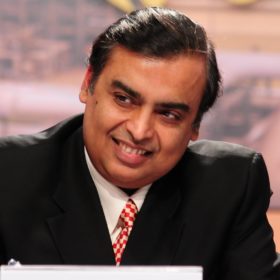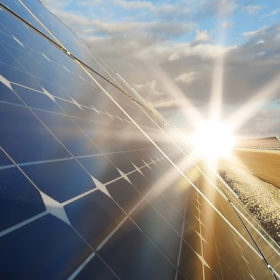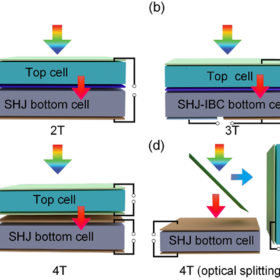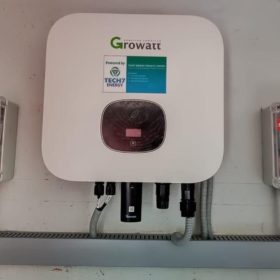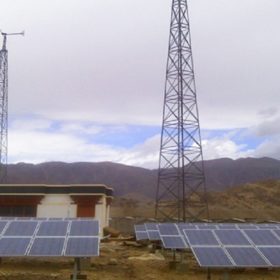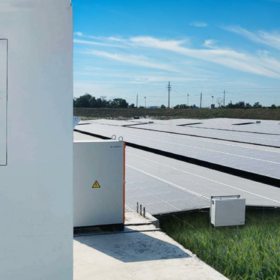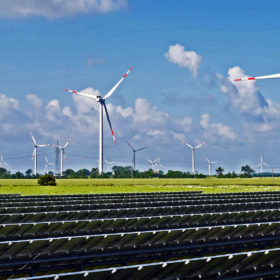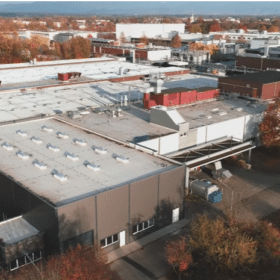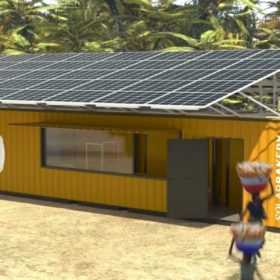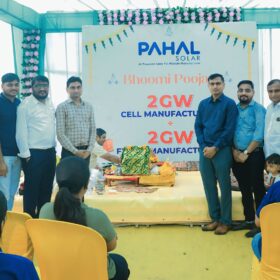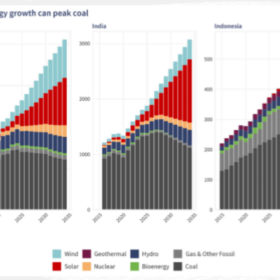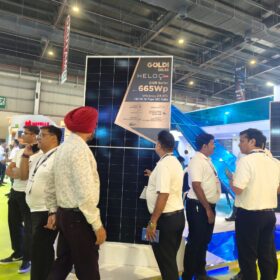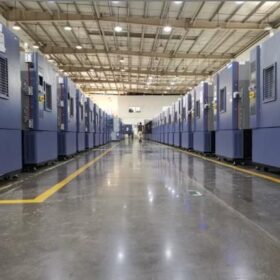Reliance Industries to acquire sodium-ion battery provider Faradion
Reliance Industries said its solar unit will buy UK-based sodium-ion battery technology provider Faradion for GBP100 million (US$135 million) including debt, as the Indian conglomerate pushes forward with its ambitious plan to move into the renewable energy industry.
Waaree supplies 1.53 MW of solar modules to RBA Power
The Mumbai-headquartered solar manufacturer supplied its 335 Wp polysilicon modules for the 1.53 MW PV project located at Kovilpatti in the Indian State of Tamil Nadu.
2021: A year of ascent for solar PV
The solar sector in India bounced back to make 2021 the best year in new PV capacity addition. The year also witnessed a massive response to PLI tender for solar manufacturing and launch of 50 GWh battery cell tender and green hydrogen mission.
An overview of heterojunction solar cell technologies
Scientists at the Nankai University in China have provided a comprehensive overview of current research on silicon heterojunction-based tandem solar cells (SHJ-TSCs) and shared their expectations of future developments in this field.
Growatt nearing 1 GW of solar inverter shipments in India this year
The Chinese inverter maker has expanded its offerings in India beyond commercial and residential solar sector by launching 250 and 253 kW inverters for the utility segment. It also plans to bring its offgrid solutions to the Indian market in 2022.
REC signs US$ 169.5 million loan agreement with KfW for innovative solar projects
This is the fifth credit line signed between REC Limited and KfW for the financing of power sector projects and the third credit line for the financing of renewable energy projects.
Sungrow to supply inverters to ‘largest solar project in Bangladesh’
The Chinese inverter maker has signed a contract with India-based Rays Power Infra to supply 1,500V, 3.125 MW central inverters to the 280 MW solar project, set to be installed in the Rangpur district of Bangladesh.
Green Energy push for future sustainability in India
The core objective of renewable energy deployment in India is to promote economic growth, enhance energy security, increase energy access, and reduce climate change. Sustainable development is possible by the use of clean energy and by ensuring access to affordable and reliable energy for every citizen.
Exide Industries to set up gigawatt-scale Li-ion cell manufacturing plant
The lead-acid battery major, which is into lithium battery assembly in a joint venture with Swiss firm Leclanche, will set up a multi-gigawatt lithium-ion cell manufacturing plant as it strives to become more cost-competitive and better serve its customers.
Solar bakery as a containerized solution
The 52 kW containerized solution is being developed by German start-up Solarbakery. The bakery’s production process was adapted in such a way that the majority of electricity consumption is already incurred during the day and is only baked briefly in the dark before dawn.
